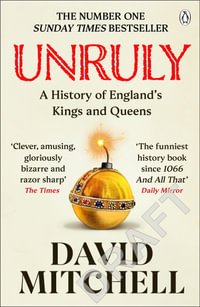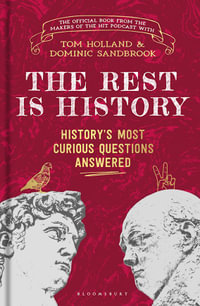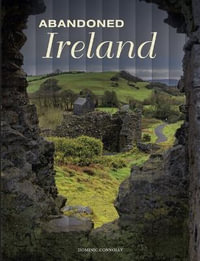
Victims of Ireland's Great Famine
The Bioarchaeology of Mass Burials at Kilkenny Union Workhouse
By: Jonny Geber
Hardcover | 11 November 2015
At a Glance
Hardcover
$180.88
Aims to ship in 7 to 10 business days
ISBN: 9780813061177
ISBN-10: 0813061172
Series: Bioarchaeological Interpretations of the Human Past: Local, Regional, and Global
Published: 11th November 2015
Format: Hardcover
Language: English
Number of Pages: 288
Audience: General Adult
Publisher: University Press of Florida
Country of Publication: US
Dimensions (cm): 22.9 x 15.2 x 2.06
Weight (kg): 0.63
Shipping
| Standard Shipping | Express Shipping | |
|---|---|---|
| Metro postcodes: | $9.99 | $14.95 |
| Regional postcodes: | $9.99 | $14.95 |
| Rural postcodes: | $9.99 | $14.95 |
How to return your order
At Booktopia, we offer hassle-free returns in accordance with our returns policy. If you wish to return an item, please get in touch with Booktopia Customer Care.
Additional postage charges may be applicable.
Defective items
If there is a problem with any of the items received for your order then the Booktopia Customer Care team is ready to assist you.
For more info please visit our Help Centre.
You Can Find This Book In
This product is categorised by
- Non-FictionArchaeologyLandscape Archaeology
- Non-FictionSociology & AnthropologyAnthropologySocial & Cultural Anthropology, Ethnography
- Non-FictionHistoryRegional & National HistoryEuropean HistoryBritish & Irish History
- Non-FictionSociety & CultureSocial Issues & ProcessesSocial Impact of Disasters / Accidents (Natural or Man-Made)Famine
























